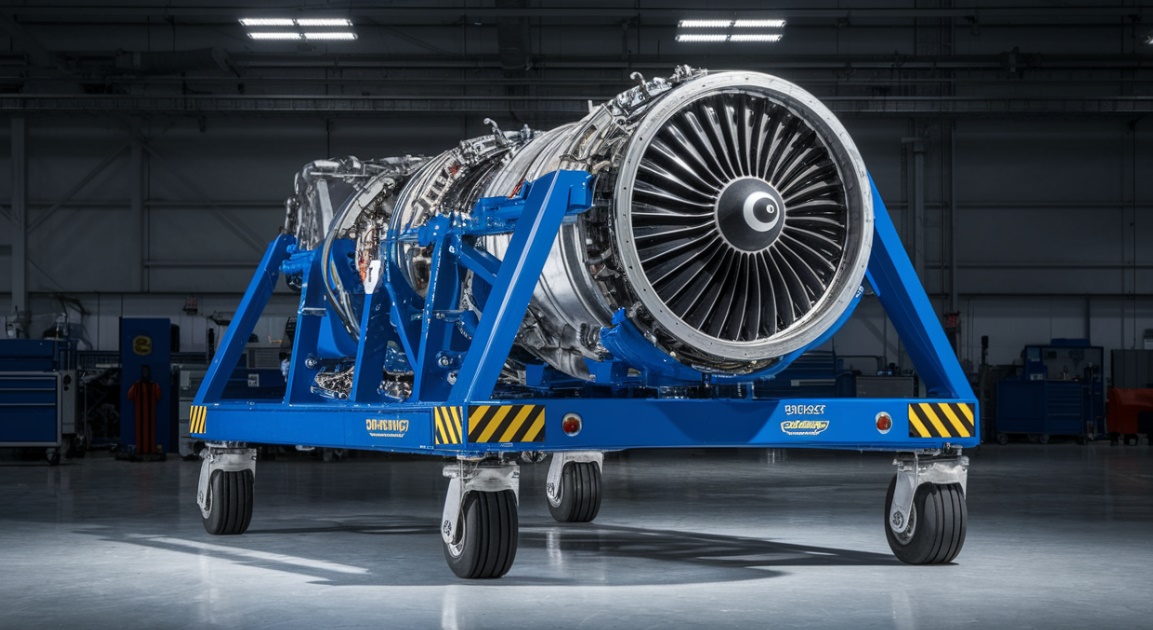Discover the fascinating world of drone bees – the unsung heroes of bee colony reproduction and genetic diversity. While these male members may seem less active than their busy worker sisters, their role is crucial for the survival and evolution of honeybee species. Let’s explore their unique characteristics and vital functions within the hive.
Understanding the Role of Drone Bees in the Hive
Drone bees serve a specialized yet vital role in the honeybee colony ecosystem. These male members focus solely on reproduction, unlike worker bees who manage multiple tasks. In a thriving colony, drones make up approximately 15% of the population – a clear indicator of a well-resourced hive.
Primary Function: Mating with the Queen
During spring and summer, drones gather in special areas called Drone Congregation Areas (DCAs) for their primary mission – mating with virgin queens. This process involves:
- Flying to designated aerial meeting grounds
- Competing with other drones for mating opportunities
- Participating in the queen’s nuptial flight, where she mates with 12-20 drones
- Sacrificing their lives after successful mating, as their reproductive organs detach
- Returning to the colony if unsuccessful to attempt again another day
Contribution to Genetic Diversity
The unique reproductive system of honeybees creates a fascinating genetic structure:
| Bee Type | Chromosomes | Source |
|---|---|---|
| Female (Workers/Queens) | 32 | Half from queen, half from drone |
| Males (Drones) | 16 | All from queen (unfertilized eggs) |
Lifecycle and Characteristics of Drone Bees
Drone bees develop through parthenogenesis from unfertilized eggs, resulting in a unique genetic makeup. Their presence indicates colony strength, particularly during spring and summer mating seasons.
Development from Unfertilized Eggs
The drone development process includes:
- 24-day development cycle from egg to emergence
- Special feeding by nurse bees with royal jelly, honey, and pollen
- 12-14 additional days to reach sexual maturity
- Continuous care from worker bees during maturation
Physical Traits and Abilities
Drones possess distinctive features that set them apart:
- Larger size compared to worker bees, nearly matching queen’s size
- Oversized wrap-around eyes with 8,600 hexagonal lenses (compared to worker’s 6,900)
- Large wings covering their entire abdomen
- Robust body structure with thick abdomen
- Specialized reproductive organs for mating
- Superior flight capabilities for long-distance mating pursuits
Challenges and Survival of Drone Bees
The life of a drone bee follows a precise timeline marked by significant challenges. After emerging, drones spend their first six days maturing within the hive’s protective environment. Once mature, they venture out to specific drone congregation areas (DCAs) during warm afternoons, joining drones from neighboring colonies in their quest for mating opportunities.
The colony’s seasonal needs directly influence drone survival. While these males play a vital role in spring and summer reproduction, they become expendable as winter approaches. Beyond their reproductive function, drones contribute to the colony’s resilience by:
- Ensuring genetic diversity within the hive
- Strengthening resistance against diseases
- Providing emergency protein through larval cannibalization
- Serving as indicators of colony health and resources
Seasonal Expulsion from the Hive
The transition from summer to fall triggers one of the most dramatic events in bee society – the “drone purge.” This systematic removal follows a calculated process:
- Workers gradually cease feeding the drones
- Weakened drones become less resistant to removal
- Physical escort of drones to hive entrances
- Forceful eviction and prevention of re-entry
- Ultimate death through exposure, starvation, or hypothermia
This seemingly harsh practice serves a crucial survival strategy, conserving vital winter resources. Drones consume significantly more honey than workers while contributing nothing to food production, making their removal essential for colony survival.
Survival and Mortality Rates
| Survival Factor | Statistics |
|---|---|
| Mating Success Rate | Less than 1 in 1,000 drones |
| Average Lifespan (Optimal Conditions) | 8 weeks |
| Lifespan During Resource Scarcity | 4-5 weeks |
| Daily Flight Time | 4 hours before energy depletion |
Drone mortality occurs at every life stage, from larval cannibalization during food shortages to death after successful mating. Successful mating results in immediate death as their reproductive organs detach – a ultimate sacrifice for colony continuation. This high mortality rate and seasonal cycle demonstrates the colony’s remarkable adaptation to environmental changes, prioritizing collective survival over individual longevity.

